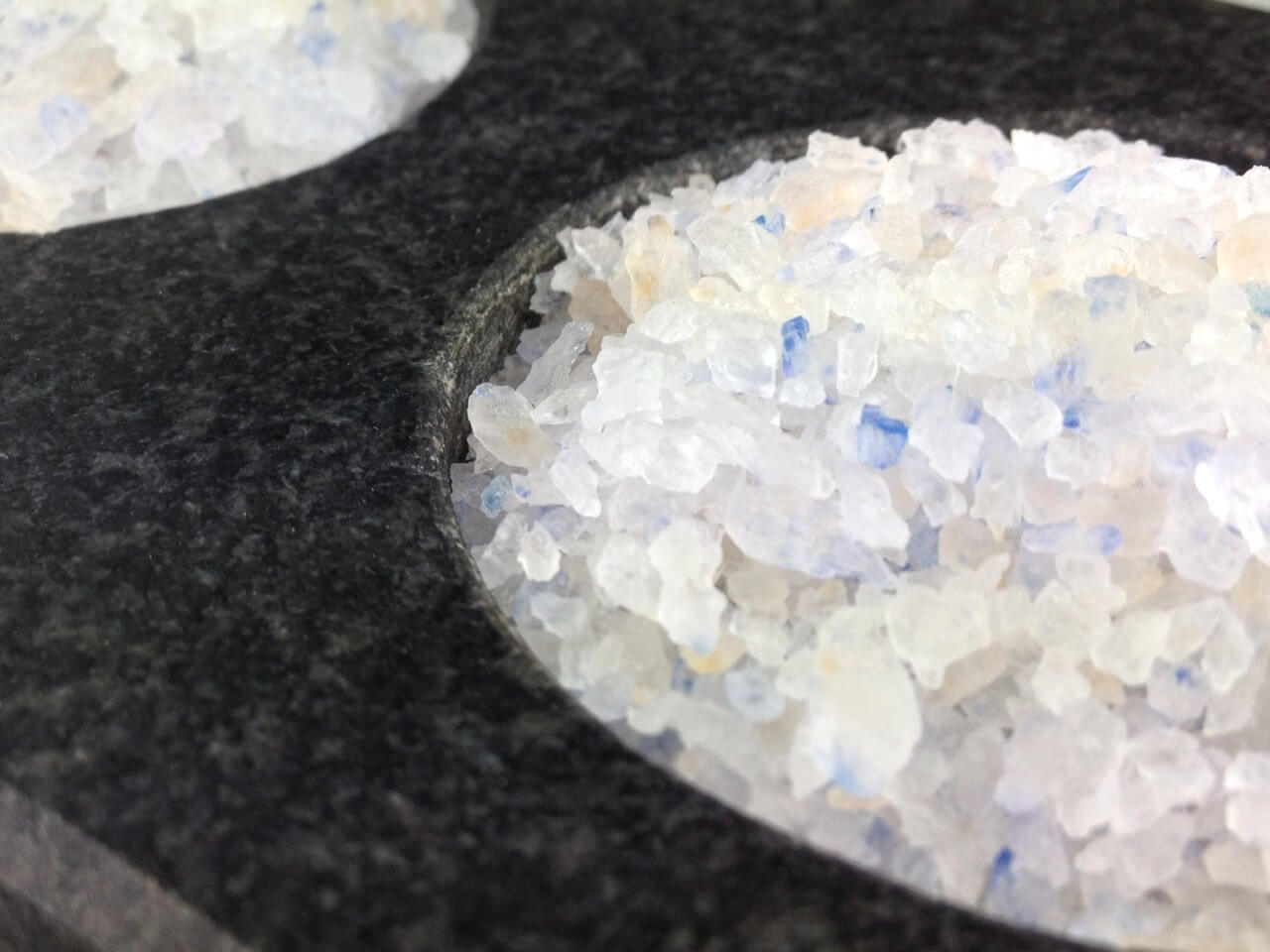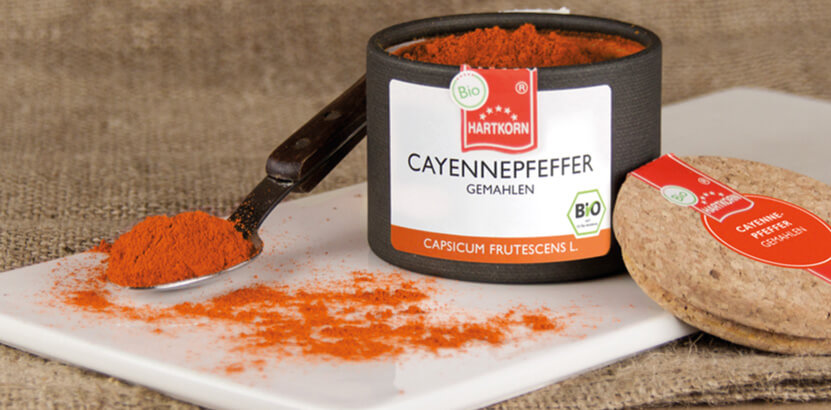Botanical family: origin: Classification: Spice mould: Taste: usage: When seasoning with salt you have to be very careful, the dish will quickly become salty. In particular, it is important to know that salt increases the cooking temperature of water, thus removing the liquid from meat and some vegetables. Another characteristic of salt is its preservative property. It dissolves completely in liquid and gains concentration as soon as this liquid has evaporated. This is also how the principle of sea salt production works. This also explains why if you season a dish with salt too early, you can quickly spoil it. Nevertheless, salt is one of the oldest remedies of mankind. Its health-promoting properties are extremely diverse. Salt not only regulates our fluid balance, but also the hormone balance and the internal organs. The human body consists of 75 percent salty liquid, so salt is indispensable for maintaining our vital functions. Tip: Recipe suggestion: Things to know: Home & Distribution: Cultivation & extraction: History: Persian blue salt
General information
Application
Things to know
 Botanical name
Botanical name
Rock salt
Rock salt
Iran
Salt
Mineral
salty, spicy
For all dishes that are refined with salt.
Crushed in a mortar or for the mill
Potato soup: 1 onion, 350g potatoes, about 30g butter, 750 ml vegetable broth, colored pepper, Persian blue salt, 100 sausages, 50 ml cream Peel and chop potatoes and onion. Melt butter in a pot and fry onion. Then fry the potatoes briefly and add the vegetable stock. Simmer at medium heat until the potatoes are done. Now puree everything with a hand blender and season with Persian Blauslz and colored pepper. Now add the sausages and simmer for about 10 minutes at low heat. Take the pot from the stove and stir in the cream. For garnishing you can use parsley and chili threads.
Its rare color variety results from shifting and vacancies in the crystal lattice. The special blue-violet coloration comes exclusively from the mineral sylvin contained in the salt.
The history of salt begins in the Neolithic Age. Man went in search of salt.
Salt is found in salty soils, in the sea and in salt domes. After the Neolithic Age, salt was already mined from salt pieces and skimmed from the sea, as it is done today.
The first indirect encounter with salt was when people still lived on the flesh of wild animals. The mineral salts, which the human organism needs to survive, were contained in the meat of slaughtered animals. It was only when humans discovered their interest in cereals as food that they needed salt, as field crops do not contain enough mineral salts.
http://de.wikipedia.org/wiki/Steinsalz






